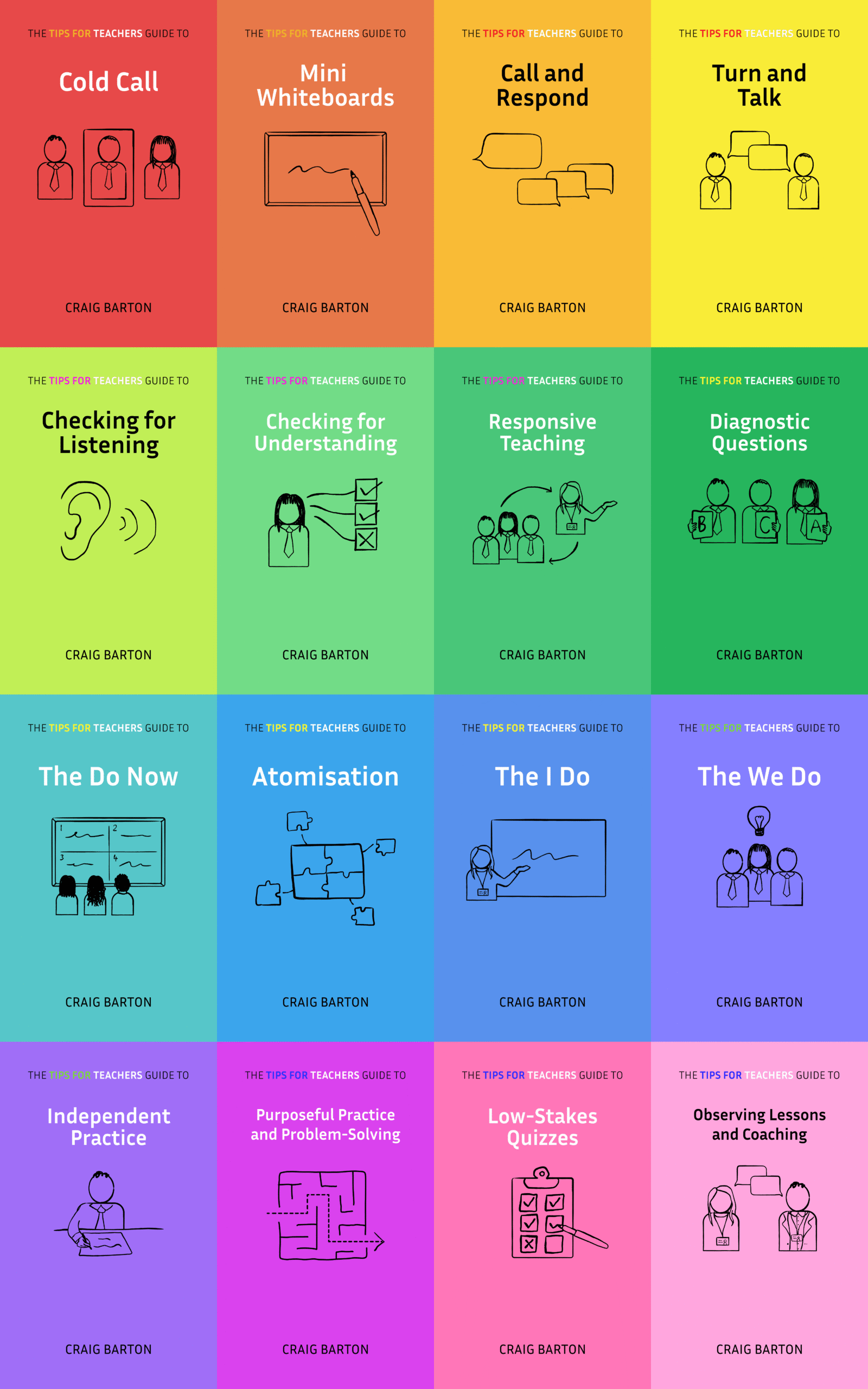Summary
This YouTube videos discusses teaching strategies for mathematics, focusing on using the same questions with different numbers in quizzes and tests to assess student understanding and effort. The video emphasizes active learning, minimizing rote copying, and employing “purple pen” notes for self-reflection on mistakes. A key method involves modeling examples, then having students complete similar problems independently, recording their work for later review. The use of memorable chants (“champs”) to reinforce mathematical concepts is also highlighted. Finally, the importance of student ownership and engagement in the learning process is stressed.
What are the key implications for teachers in the classroom?
Here are some of the key implications for teachers in the classroom discussed in the source:
- Teachers should use the same questions with different numbers to assess student effort. This method involves giving students a low-stakes quiz and then following up with a quiz with the same questions but different numbers. How students perform on the first quiz might be due to ability, but how they perform on the follow-up is largely due to effort. This approach allows teachers to hold students accountable because there is no excuse for not doing well on the follow-up if given enough time to prepare.
- Teachers should avoid having students copy worked examples from the board. Copying from the board can give students a false sense of understanding. Instead, teachers should model the worked example and then have students complete a similar problem with different numbers in their books. This ensures students actively engage with the material and develop their own understanding.
- Teachers should encourage students to use purple pens to reflect on their mistakes. Students should use purple pens to correct errors, write down teacher tips, and record chants. This practice helps students identify and learn from their mistakes. While the quality of purple pen notes may vary, the principle of reflecting on mistakes is crucial for student learning.
- Teachers should incorporate chants into their lessons. Chants can help students remember key concepts and procedures. For example, a chant for solving right triangle problems could guide students through the steps of determining whether to use the Pythagorean theorem or trigonometry. While some may find chants silly, they can be effective when teachers embrace them with enthusiasm. Consistent use of chants, particularly from early grades, can make them a normal part of classroom culture.









